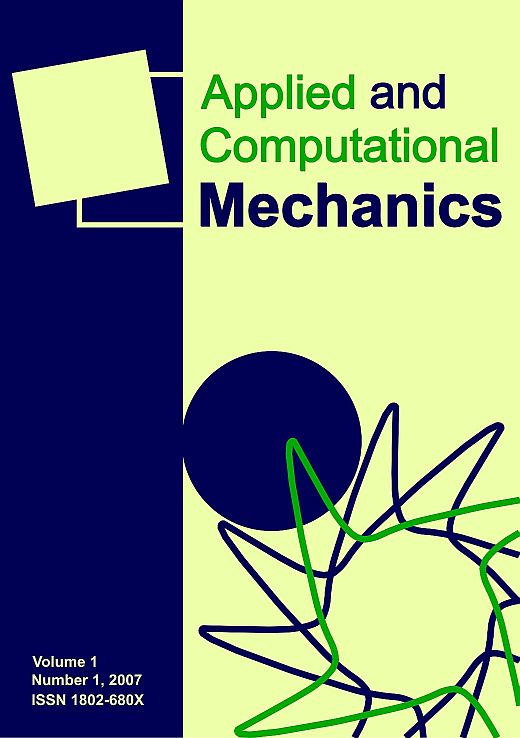Implementation of skeletal muscle model with advanced activation control
Keywords:
skeletal muscle, cross-bridge distribution, calcium activation, fiber architecture, composite modelAbstract
The paper summarizes main principles of an advanced skeletal muscle model. The proposed mathematical model is suitable for a 3D muscle representation. It respects the microstructure of the muscle which is represented by three basic components: active fibers, passive fibers and a matrix. For purposes of presented work the existing material models suitable for the matrix and passive fibers are used and a new active fiber model is proposed. The active fiber model is based on the sliding cross-bridge theory of contraction. This theory is often used in modeling of skeletal and cardiac muscle contractions. In this work, a certain simplification of the cross-bridge distribution function is proposed, so that the 3D computer implementation becomes feasible. The new active fiber model is implemented into our research finite element code. A simple 3D muscle bundle-like model is created and the implemented composite model (involving the matrix, passive and active fibers) is used to perform the isometric, concentric and excentric muscle contraction simulations.
Downloads
Published
Issue
Section
License
Copyright (c) 2016 Applied and Computational Mechanics

This work is licensed under a Creative Commons Attribution 4.0 International License.







